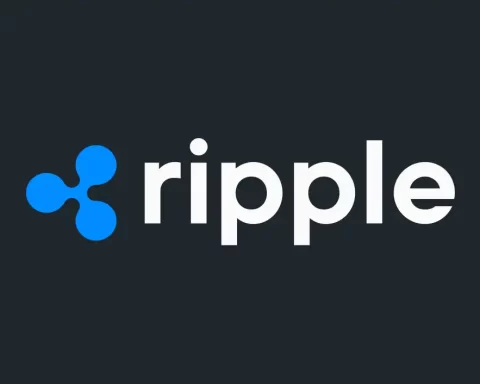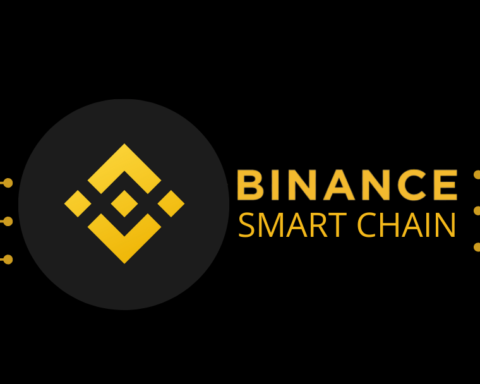The Curve Finance exploit that occurred recently resulted in one of the largest ever maximal extractable value (MEV) reward blocks, totaling 584.05 Ether (ETH).
Ethereum core developer, known as “eric.eth,” reported on July 31 that the day had witnessed some of the most substantial MEV reward blocks in the history of Ethereum, all of which were caused by the exploitation of Curve Finance stable pools on July 30.
However, it’s worth noting that a larger MEV reward block of 692 ETH was recorded back in March.
MEV bots are responsible for generating additional revenue by reordering or inserting transactions within a regular block, effectively creating arbitrage opportunities.
These bots can also identify pending liquidation transactions and front-run them, purchasing the liquidated assets at discounted prices.
To carry out such actions, MEV bots pay a considerable amount of ETH to the block producer to secure a position at the front of the transaction line.
Validators propose a block using a relay, outsourcing block production to specialized entities that extract this extra revenue.
In return for allowing MEV bots to front-run transactions, validators receive a share of the generated revenue, commonly known as the “block reward.”
One of the highest MEV bot block rewards amounted to 584.05 ETH, approximately valued at $1 million. This reward was confirmed at 1.34 am UTC on July 31, according to Beaconcha.in.
There were also other notable block rewards of 345 ETH and 247 ETH around the same time.
READ MORE: Pro-XRP Lawyer Alleges SEC’s Actions Driven by Safeguarding Corporate Capitalism
In response to the news, moral concerns were raised regarding the implications of potentially illicit funds being used to pay validators, allowing for the front-running of transactions.
Some individuals questioned the ethics of MEV rewards going to miners, particularly when these rewards are essentially sourced from hacked funds.
Prior instances have shown how MEV exploitation can lead to significant profits.
For example, in April, a Subway-themed trading bot leveraged “sandwich attacks” during the memecoin trading frenzy, making millions in extractable value.
These recent developments in the MEV landscape have sparked discussions about the ethical considerations surrounding such practices and how they may affect the overall integrity and trustworthiness of blockchain ecosystems.
Other Stories:
Worldcoin’s Iris Scanning Project Raises Privacy and Sovereignty Concern
French Data Protection Agency Investigates Worldcoin
Kyrgyzstan Expands Cryptocurrency Mining with Government Backing at Hydro Power Plant




